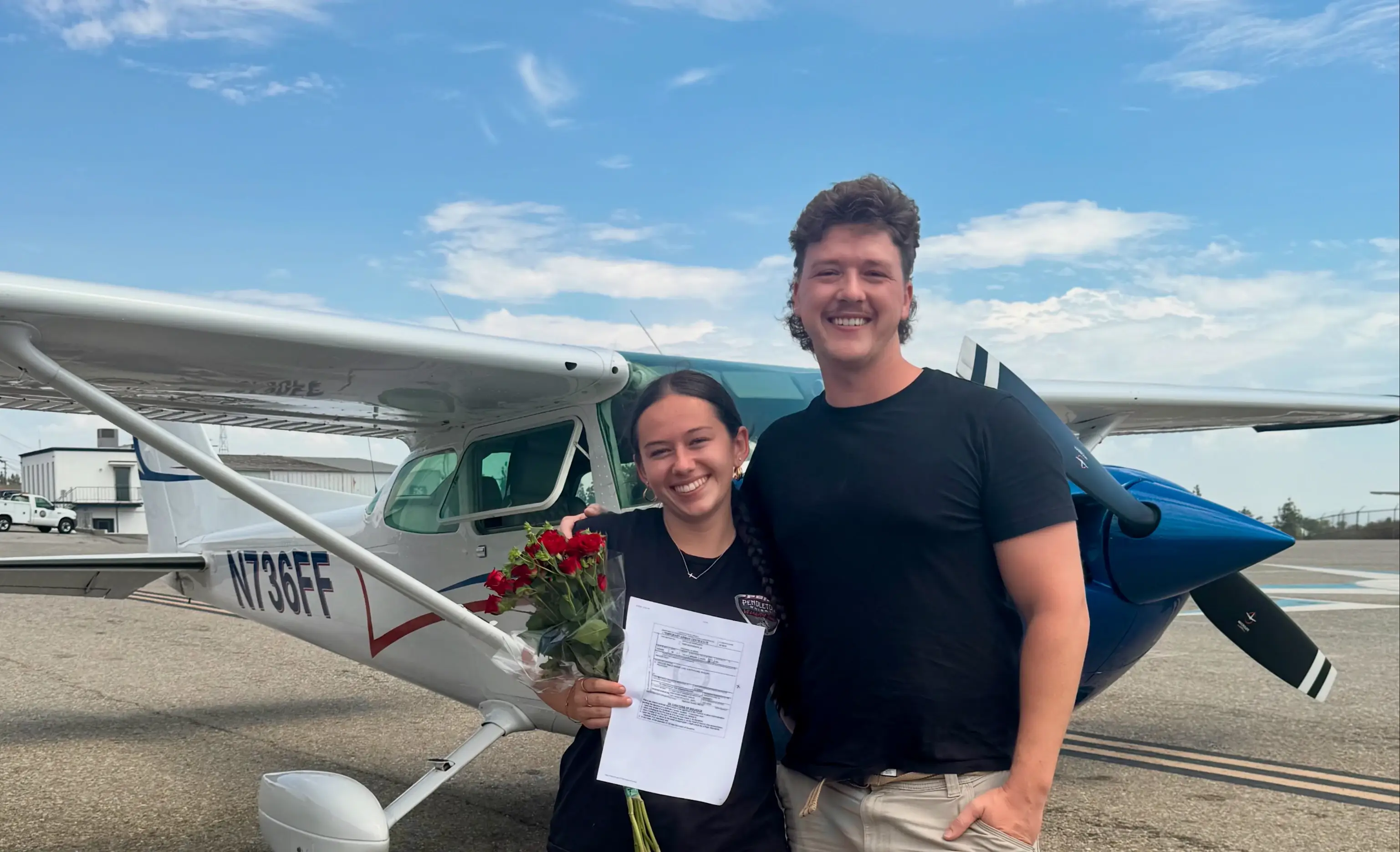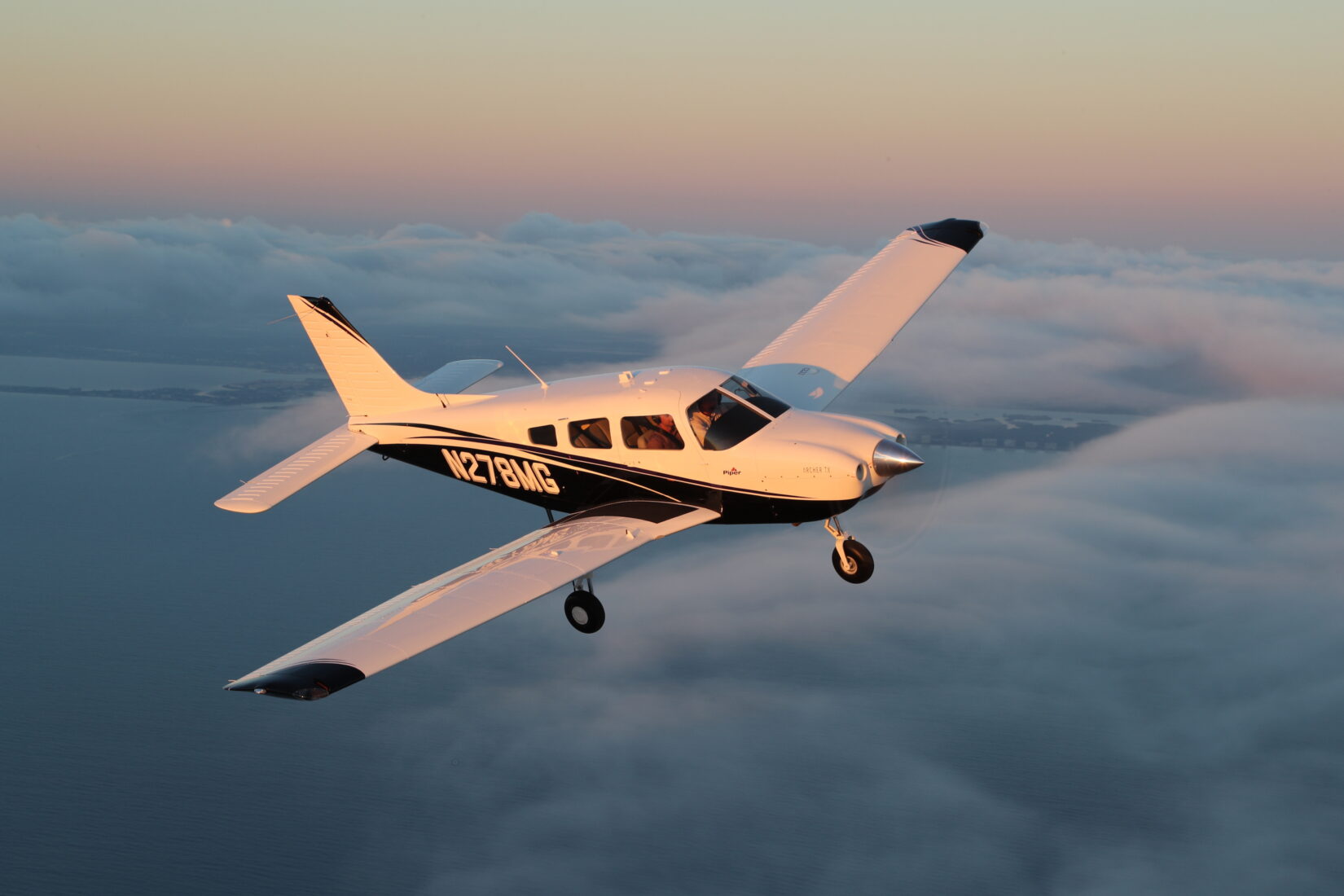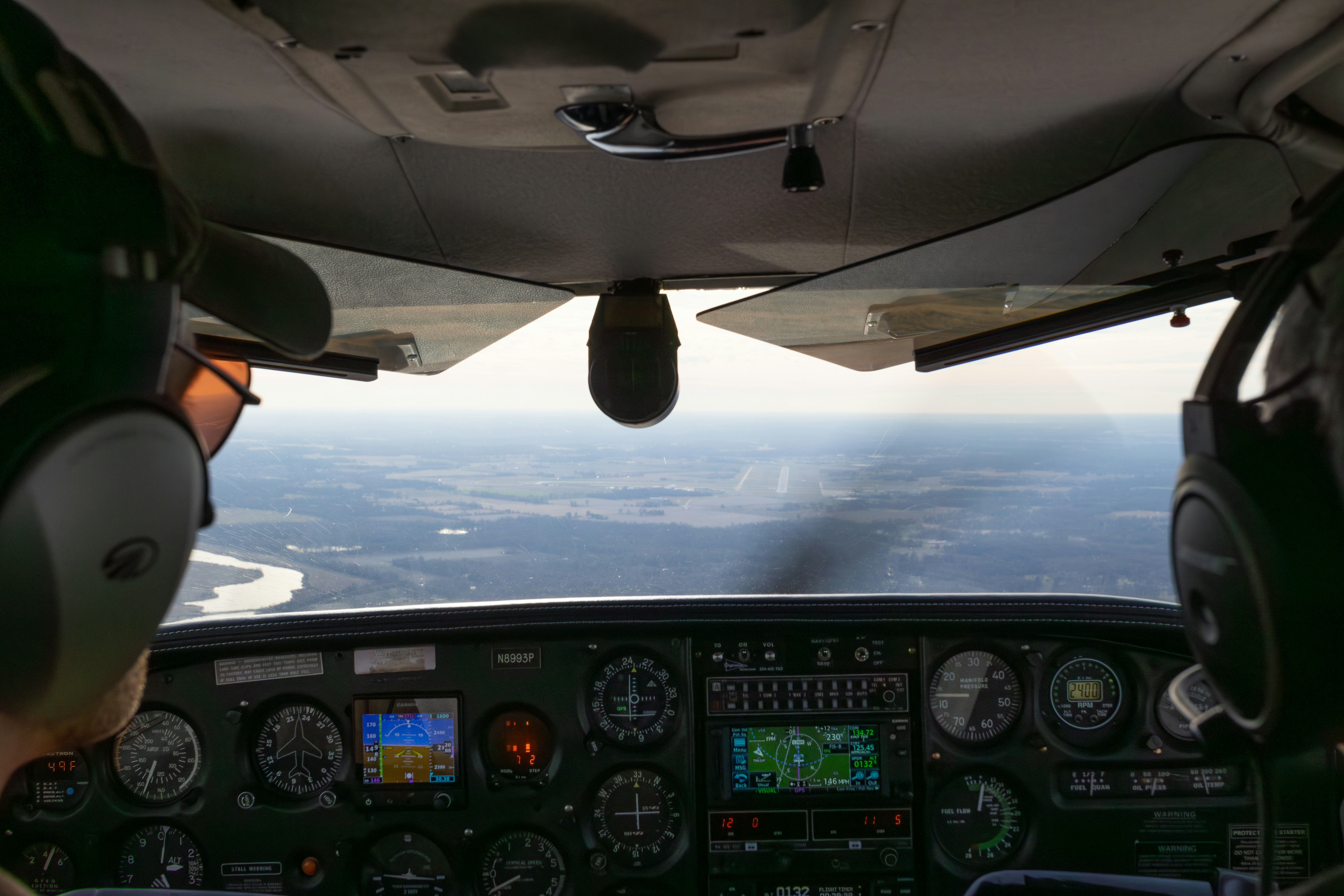Faster learning doesn’t mean cutting corners, it means deliberate, focused practice.
Tip 1: Track Your Progress Systematically
Maintain a detailed training log that records each lesson’s objectives, performance tolerances, and common errors. This creates a clear roadmap of your improvement and identifies patterns in your learning.
Tip 2: Practice Weak Areas Early and Often
Identify challenging maneuvers immediately and dedicate focused practice sessions to them. Addressing weaknesses early prevents them from becoming ingrained habits that are harder to correct later.
Tip 3: Use Scenario-Based Training
Move beyond isolated maneuvers by simulating complete flights with realistic scenarios. This integrates navigation, communication, and decision-making skills simultaneously, building true piloting competence.
Tip 4: Debrief Immediately After Each Flight
Conduct short, specific debriefs while the experience is fresh. This immediate feedback loop prevents bad habits from forming and reinforces positive learning moments.
Tip 5: Master Ground Knowledge First
Understand the why behind every procedure before practicing the what. Solid theoretical knowledge makes practical application more intuitive and meaningful.
Tip 6: Conduct Full Checkride Simulations
Regularly practice complete checkride scenarios including unexpected diversions, emergency procedures, and ACS-standard landings. This builds confidence and reduces checkride anxiety.
Tip 7: Stay Mentally Engaged Between Flights
Use visualization techniques to mentally rehearse maneuvers and emergency procedures. This mental practice reinforces muscle memory and decision-making pathways.
Tip 8: Join a Learning Community
Engage with fellow student pilots for peer feedback and shared experiences. Learning from others’ challenges and successes accelerates your own progress and builds confidence.
Tip 9: Embrace True Hands-On Learning
Take actual control from the earliest appropriate moments rather than observing passively. Active manipulation of controls builds muscle memory and situational awareness faster than observation alone.
Tip 10: Maintain Consistent Training Frequency
Schedule regular flights to maintain skill progression. Consistent practice reduces the need for retraining and keeps both knowledge and muscle memory fresh.
Ready to Accelerate Your Flight Training?
At McFly Education, we’ve built our training philosophy around these principles. Our one-on-one instruction and flexible scheduling ensure you can apply these tips consistently, helping you reach checkride readiness faster while maintaining the highest safety standards.
Interested in experiencing our hands-on approach? Contact us to schedule your discovery flight today!



